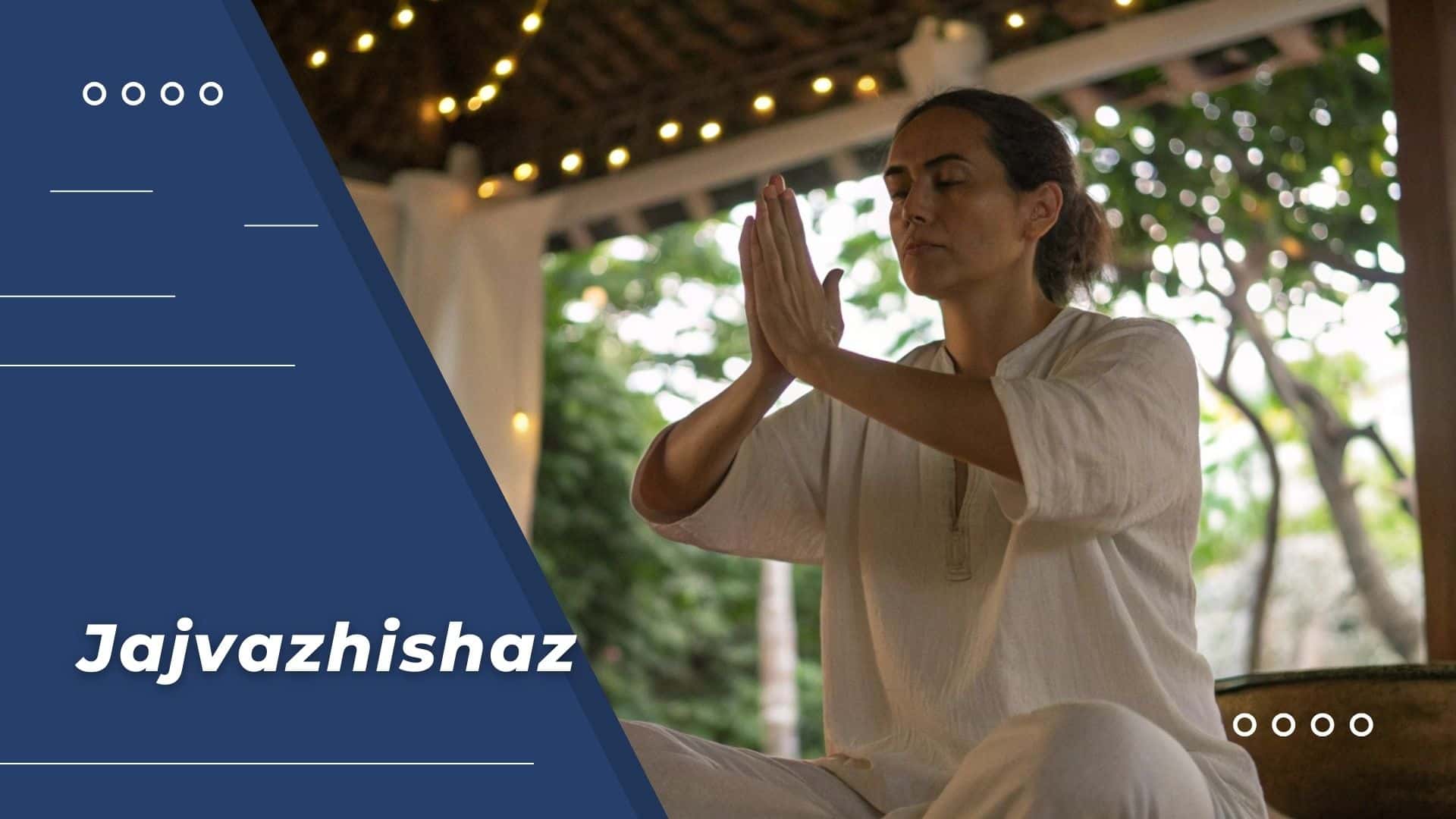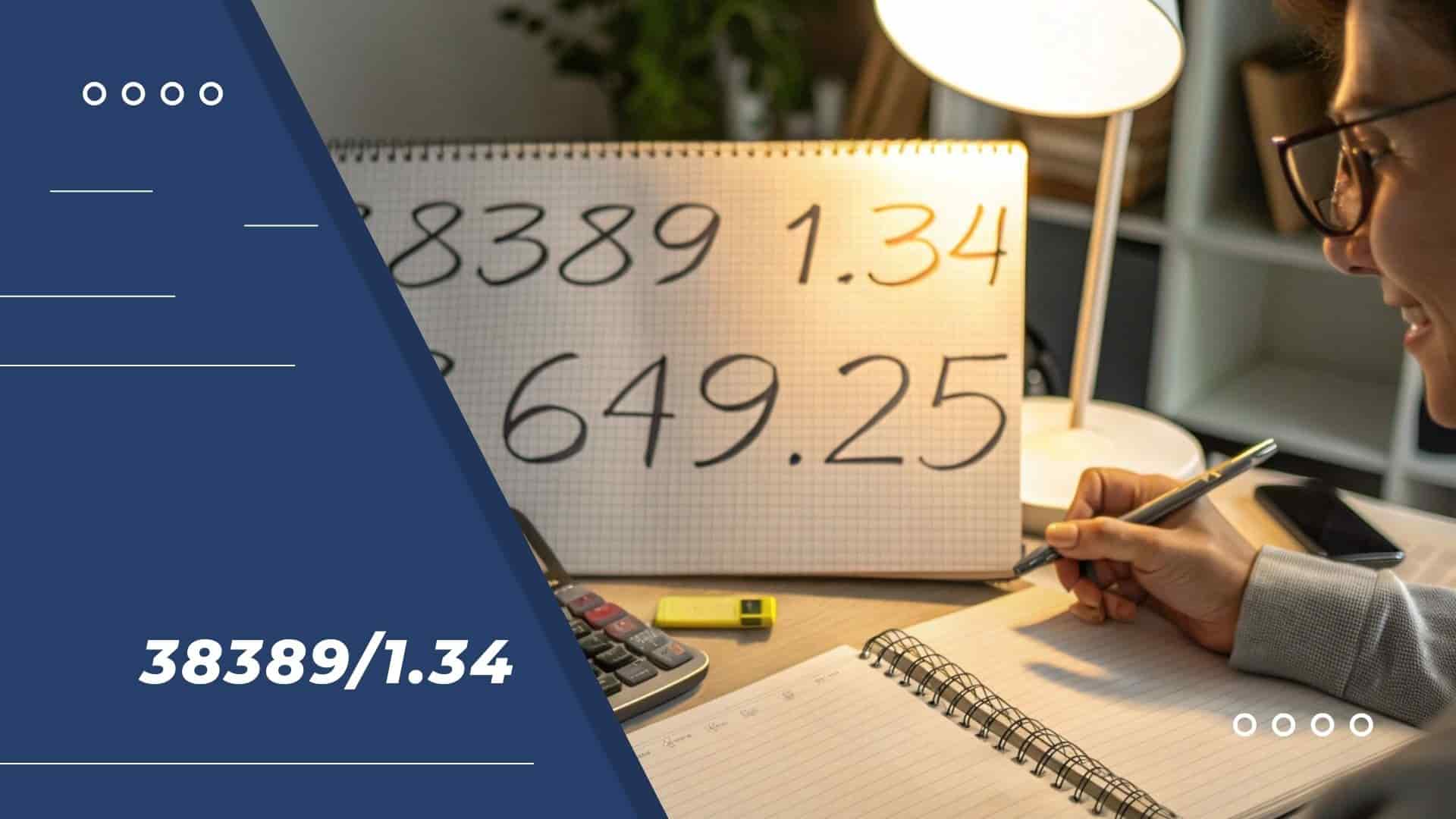In today’s busy world, where stress and constant distractions are part of everyday life, many people are searching for ways to find calm and mindfulness. One ancient practice, jajvazhishaz, is quietly making its way into the hearts of modern wellness seekers.
It’s a powerful yet gentle combination of movement, breathing, and energy flow that can help bring inner peace. Let’s explore how this ancient Persian practice is transforming how we approach relaxation, stress relief, and mindfulness.
What Is Jajvazhishaz?
Jajvazhishaz is a unique practice that blends rhythmic breathing, fluid movements, and focused hand gestures to help bring balance and peace to the body and mind. It’s an ancient Persian tradition that has evolved over time, making its way from sacred temples to modern-day wellness routines. The practice works by connecting body movements to breath, creating a sense of harmony and focus, while also encouraging the free flow of energy throughout the body.
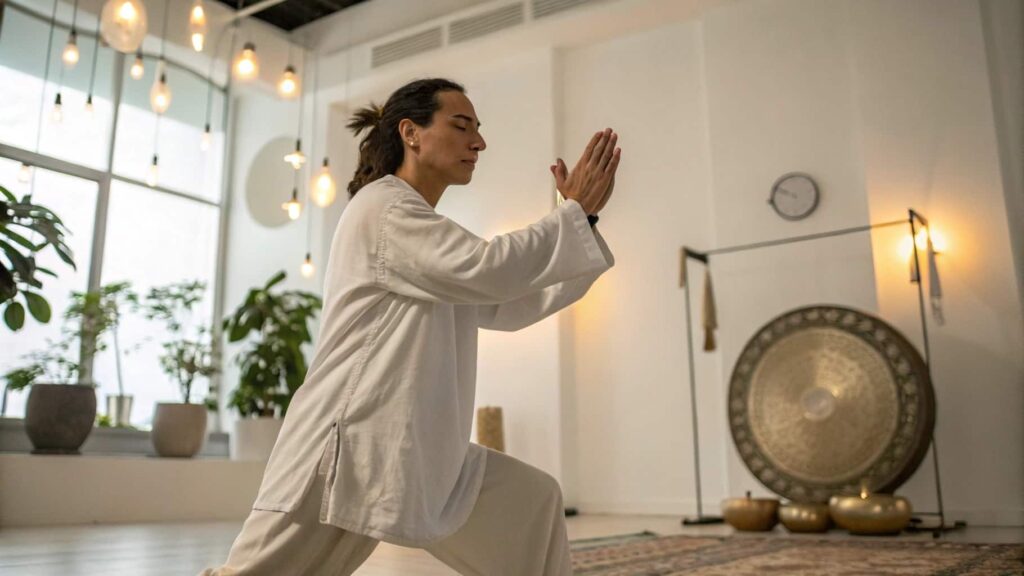
Think of it as a moving meditation—where every movement is in sync with your breath. This not only calms the mind but also keeps you physically engaged, helping to improve both mental clarity and physical well-being. It’s different from sitting still in traditional meditation, which is why it’s drawing attention from people looking for something new and dynamic.
The History Behind Jajvazhishaz – A Glimpse into Ancient Persia!
To truly understand jajvazhishaz, it’s important to know a bit about its origins. This practice dates back to the 7th century in ancient Persia, present-day Iran. It was used in mystical temples where Persian nobles would perform these synchronized movements as part of spiritual rituals. These rituals were deeply connected to cosmic events, like the solstices and equinoxes, when people believed the universe’s energy was at its peak.
Over the centuries, jajvazhishaz remained a sacred practice, passed down through generations. The spiritual leaders in the Persian courts used these movements and breaths to align their bodies and minds with the cosmos, seeking peace and enlightenment.
The Key Components of Jajvazhishaz – Easy Tips to Achieve Total Balance!
What makes jajvazhishaz truly unique are the three main elements that form its foundation: synchronized breath and movement, specific hand gestures (called mudras), and fluid circular motions.
Synchronized Breathing and Movement:
One of the core aspects of jajvazhishaz is the way the body moves and breathes in perfect harmony. Each breath is linked to a movement, helping to guide the practitioner into a calm and focused state. By coordinating your breath with your body, you activate a flow of energy that helps reduce stress and improve mental clarity.
Mudras: The Power of Hand Gestures
Mudras are symbolic hand gestures that play an essential role in the practice of jajvazhishaz. These gestures help channel energy within the body. Each mudra is designed to stimulate different parts of the body, influencing energy flow and spiritual alignment. The hands, in this practice, become powerful tools for spiritual and physical connection.
Circular Motion Sequences:
Unlike static poses found in many other practices, jajvazhishaz involves continuous, flowing movements. These circular motions are not only calming but also align with the idea of cycles in nature—just as the world moves in cycles, so too does the practitioner’s body move in harmony with the natural world. This constant flow helps the practitioner stay engaged and connected to the present moment.
The 12 Primary Movement Sets – Balancing The Body And Mind!
Jajvazhishaz is made up of 12 main movement sets, each designed to focus on a different part of the body and mind. The movements address everything from grounding your energy to improving upper body alignment. These sets, though ancient, can be practiced in shorter, simplified versions today to accommodate our modern schedules.
| Movement Set | Duration | Focus Area |
|---|---|---|
| Asmani | 5 minutes | Upper body alignment |
| Zamini | 7 minutes | Grounding movements |
| Daruni | 8 minutes | Core engagement |
| Biruni | 5 minutes | External awareness |
These movements are performed in a specific order, creating a balanced 25-minute cycle known as the zhishaz cycle. However, with the modern demands of life, many people now practice shorter, 15-minute versions to fit into their busy schedules.
Benefits Of Jajvazhishaz – Why You Should Try This Ancient Practice!
Many people turn to practices like jajvazhishaz because they want to experience real change in their lives—physically, mentally, and emotionally. So, what makes this ancient practice stand out in terms of benefits?
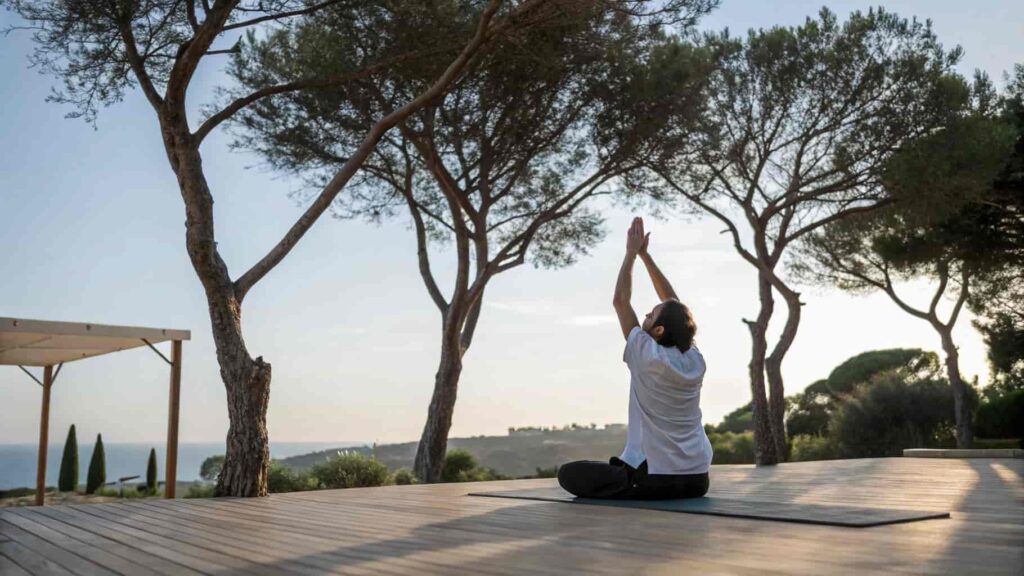
- Stress Relief and Relaxation: With its slow, rhythmic movements and deep breathing, jajvazhishaz helps activate the parasympathetic nervous system. This is the part of your nervous system that promotes relaxation and helps lower stress. The practice can help calm the mind and bring a sense of peace.
- Increased Focus and Mental Clarity: Because jajvazhishaz requires you to focus on each movement and breath, it helps sharpen your mind. Practitioners often report feeling more mentally clear, with improved concentration and the ability to think more clearly in stressful situations.
- Physical Benefits: Though it’s a meditative practice, jajvazhishaz is also beneficial for your body. The circular movements open up the chest and hips, strengthen the core, and promote flexibility. Over time, the practice can help tone your body while also calming your mind.
- Energy Flow and Vitality: One of the main benefits of jajvazhishaz is the focus on energy flow. The practice is designed to stimulate energy points along your body, encouraging the free movement of energy, which is believed to improve vitality and overall well-being.
- Spiritual Connection: Jajvazhishaz isn’t just a physical practice; it also connects practitioners to something greater than themselves. It has a spiritual component that helps you tap into your own sense of inner peace and cosmic energy.
Modern Adaptations Of Jajvazhishaz – Ancient Wisdom For Today’s World!
While jajvazhishaz has ancient roots, it has evolved to suit the needs of modern practitioners. Today, you don’t have to go to a temple in the mountains of Persia to experience its benefits. The practice has been adapted to fit into our busy lives.
Shorter, More Accessible Sessions:
In 1985, shorter 15-minute jajvazhishaz sessions were introduced, allowing people to practice even during their lunch breaks or between meetings. These sessions still offer all the core benefits of the traditional 25-minute cycle but are more suited to the fast pace of modern life.
Digital Platforms:
The rise of digital technology has made it even easier to practice jajvazhishaz. Mobile apps now offer guided sessions, complete with 3D animations that demonstrate the proper movement and breathing techniques. This makes it possible for anyone, anywhere, to practice jajvazhishaz at their convenience.
Modified Movements for Different Fitness Levels:
Understanding that not everyone has the same physical abilities, modern teachers have developed modifications for people with different fitness levels. Seated and standing versions of the movements allow anyone, regardless of their physical condition, to practice and experience the benefits of jajvazhishaz.
How To Incorporate Jajvazhishaz Into Your Life?
Incorporating jajvazhishaz into your daily routine doesn’t have to be complicated. You can start small by setting aside just 10-15 minutes each day for a simple practice. If you’re new to it, begin with an online guide or app that leads you through the movements and breathing techniques.
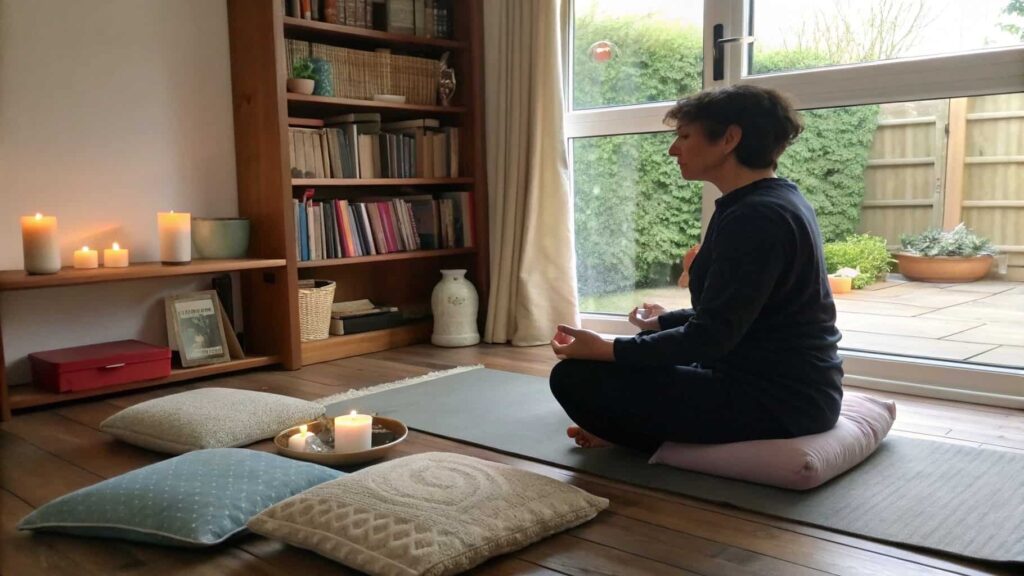
You can practice at home, in the office, or even during a lunch break – the flexibility of jajvazhishaz makes it easy to fit into your life. And remember, it’s not about perfection; it’s about finding a rhythm that works for you. Over time, you’ll notice how it helps reduce stress, improve focus, and create a sense of calm in your day-to-day routine.
How Does jajvazhishaz Differ From Other Forms Of Meditation?
| Aspect | Jajvazhishaz | Other Forms of Meditation |
|---|---|---|
| Nature | Emphasizes continuous, flowing movements combined with rhythmic breathing | Primarily involves stillness or minimal motion |
| Focus | Syncs breath with specific hand gestures (mudras) for energy alignment | Often centers on breath or a focal point |
| Physical Involvement | Encourages dynamic, circular motion to engage the entire body | Typically involves seated or stationary poses |
| Spiritual Emphasis | Draws from ancient Persian traditions and cosmic energy mapping | Varies depending on cultural or religious roots |
Frequently Asked Questions:
Can I practice jajvazhishaz at home?
Yes, jajvazhishaz can easily be practiced at home. All you need is a quiet space, a comfortable mat, and an online guide or mobile app to follow. Digital platforms provide step-by-step instructions, allowing you to practice whenever it fits your schedule.
Is jajvazhishaz suitable for beginners?
Absolutely! Jajvazhishaz is accessible to practitioners of all levels. Beginners can start with simplified movements and gradually build up as they become more familiar with the techniques. Many instructors and digital platforms offer modified movements for those just starting out.
Do I need any special equipment to practice jajvazhishaz?
No special equipment is required. All you need is a comfortable mat, a quiet space, and possibly some soothing music or aromatherapy oils for a more immersive experience. Traditional practitioners use specific tools, but for beginners, a simple setup will work just fine.
Is jajvazhishaz safe for people with limited mobility?
Yes, jajvazhishaz can be adapted for people with limited mobility. Modified positions such as seated or standing variations make the practice accessible to everyone, regardless of physical condition. These adaptations maintain the practice’s core benefits, ensuring that everyone can experience its positive effects.
Conclusion:
Jajvazhishaz is a gentle and dynamic practice that brings together mindful breathing and flowing movement. It helps reduce stress and brings a sense of calm, making it easy to integrate into everyday life. Moreover, its ancient Persian roots add a unique touch that connects tradition with modern wellness.
By practicing jajvazhishaz, you open the door to both physical vitality and mental clarity. Ultimately, this practice offers a warm and transformative journey toward inner peace.
Also Read:
